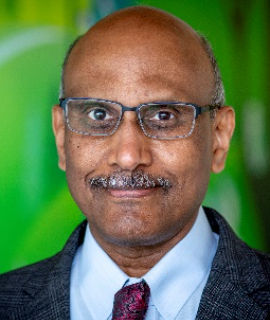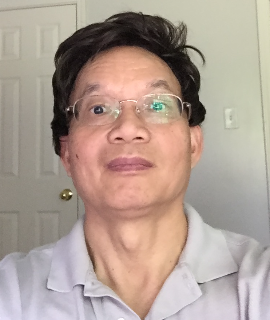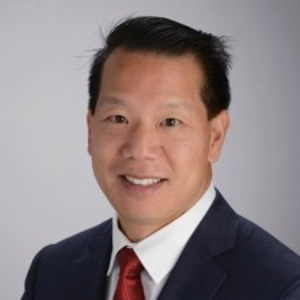Liquid Biopsies and Biomarker Discovery
Liquid biopsy is an emerging, non-invasive method for detecting cancer through the analysis of blood samples, providing an alternative to traditional tissue biopsies. This technique focuses on identifying tumor-derived materials, such as circulating tumor DNA (ctDNA) or RNA, which are shed into the bloodstream by cancer cells. Liquid biopsies offer significant advantages, including earlier detection of cancers, monitoring of disease progression, and tracking treatment responses, all without the need for invasive surgical procedures. One of the key benefits is their ability to detect genetic mutations and tumor heterogeneity, providing real-time insights into how a cancer may evolve or respond to therapy. With continued advancements in technology, liquid biopsy is poised to become a routine tool for cancer diagnostics, allowing for timely interventions and personalized treatment plans that improve patient outcomes while minimizing the risks associated with traditional biopsy methods.

Rajvir Dahiya
University of California San Francisco, United States
Atif A Ahmed
University of Washington-Seattle Children’s Hospital, United States
Anyou Wang
DIFIBER LLC, United States
Paulo Cesar De Morais
Catholic University of Brasilia, Brazil
Allen Chen
Olympic Medical Center, United States
Shilpa S Dhar
UT MD Anderson Cancer Center, United States



Title : A novel blood-based mRNA genomics technology for cancer diagnosis and treatment
Rajvir Dahiya, University of California San Francisco, United States
Title : tRNA-derived fragment 3′tRF-AlaAGC modulates cell chemoresistance and M2 macrophage polarization via binding to TRADD in breast cancer
Feng Yan, The Affiliated Cancer Hospital of Nanjing Medical University, China
Title : Integrating single-cell and spatial transcriptomics to uncover and elucidate GP73-mediated pro-angiogenic regulatory networks in hepatocellular carcinoma
Jiazhou Ye, Guangxi Medical University Cancer Hospital, China
Title : Unveiling the synergism of radiofrequency therapy and graphene nanocomposite in tumor cell viability assay
Paulo Cesar De Morais, Catholic University of Brasilia, Brazil
Title : Analysis of the dynamic evolution and influencing factors of nutritional risk in breast cancer patients during treatment
Jingwen Yan, Sun Yat-sen University, China
Title : Integrative multi-omics reveals metabolic–stemness coupling and novel therapeutic targets in osteosarcoma chemoresistance
Jinyan Feng, Tianjin Medical University Cancer Institute and Hospital, China